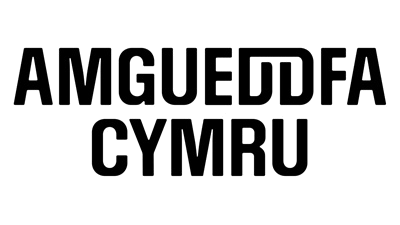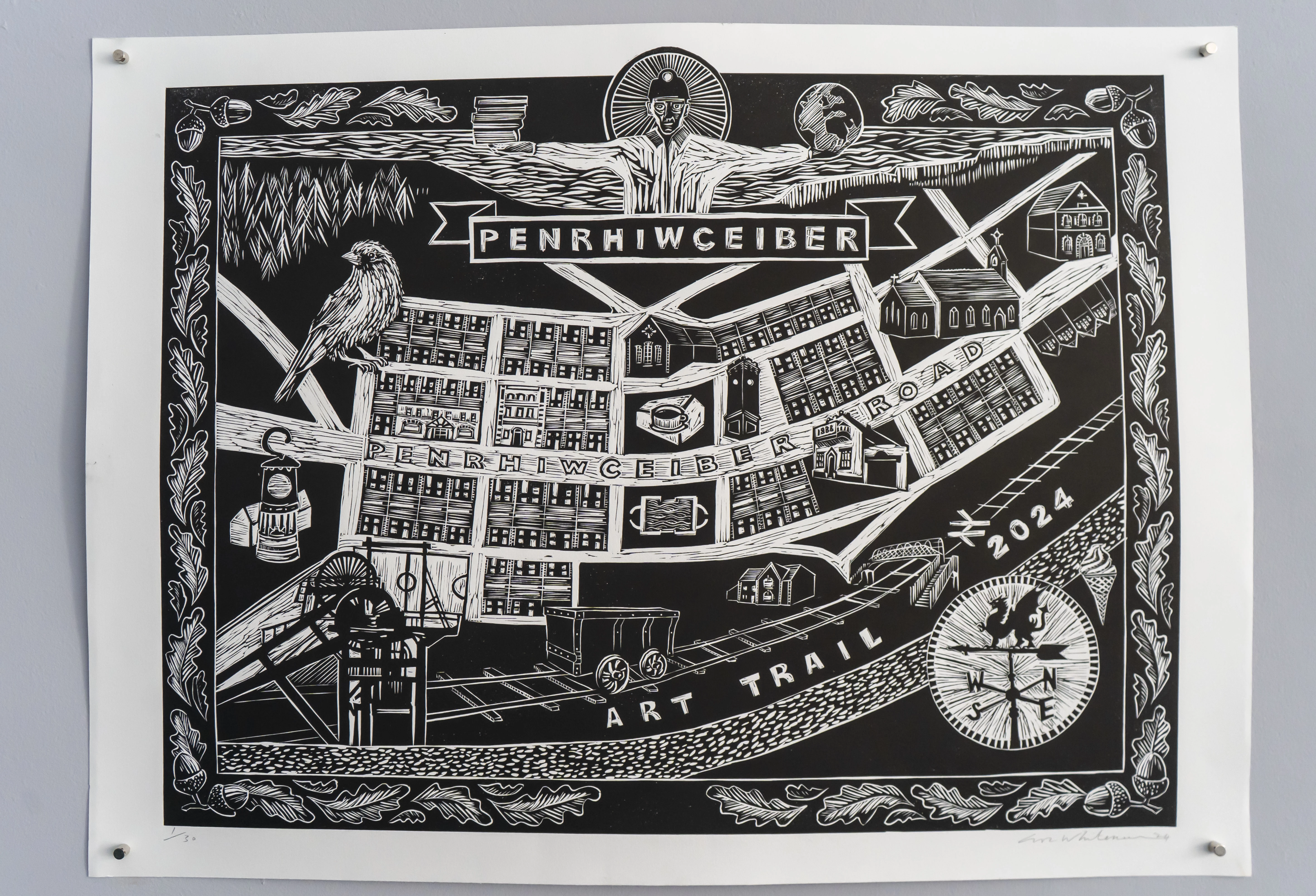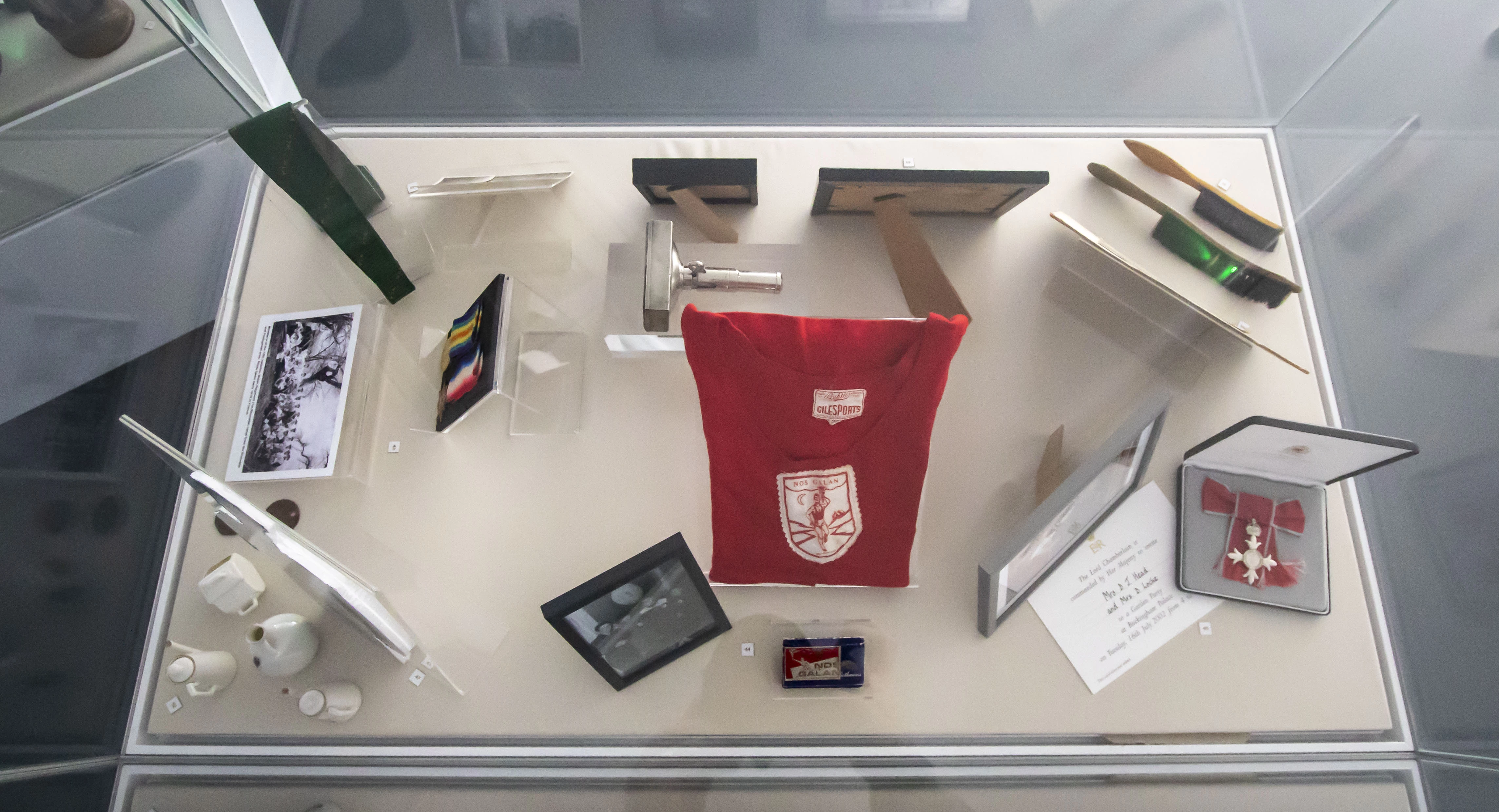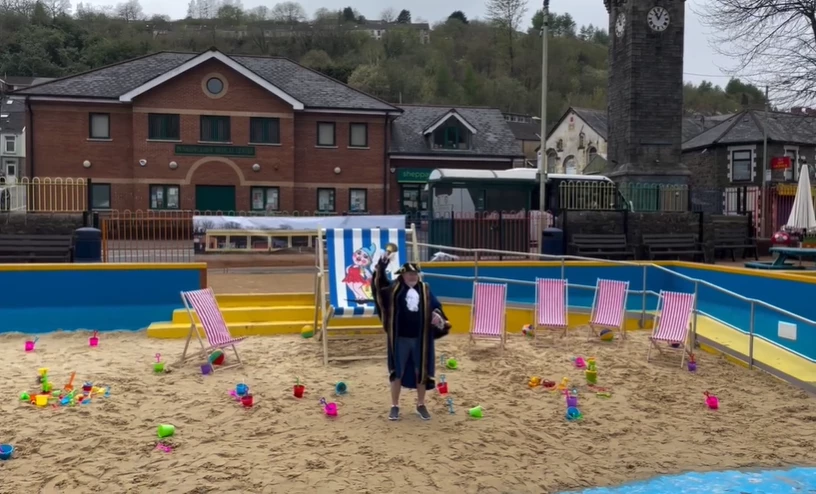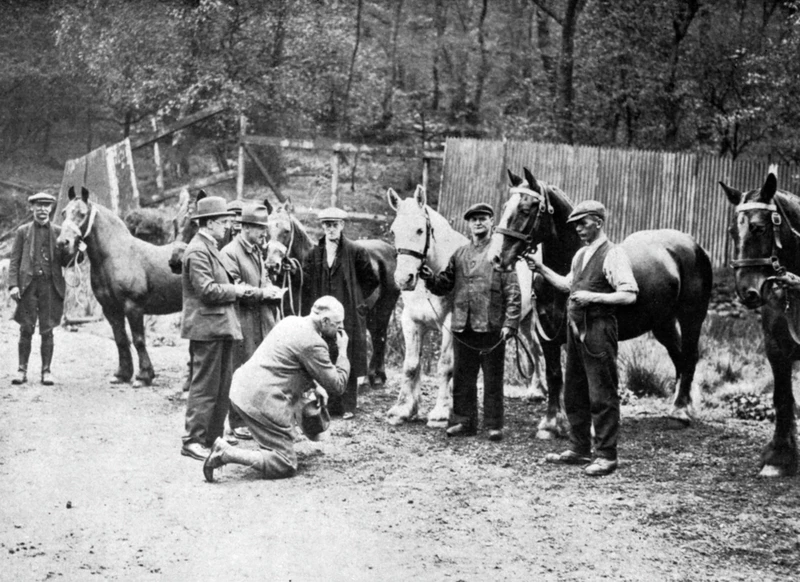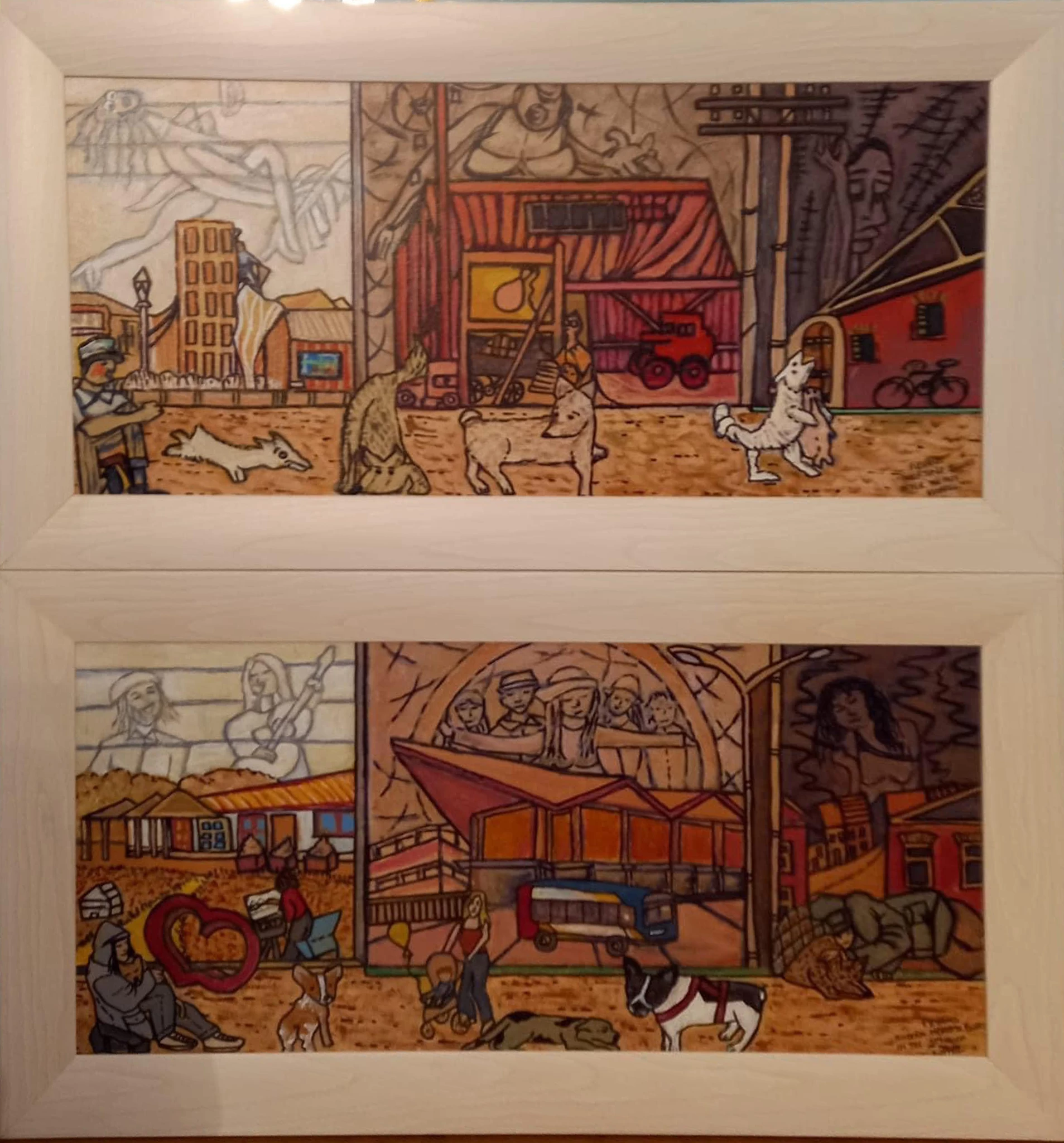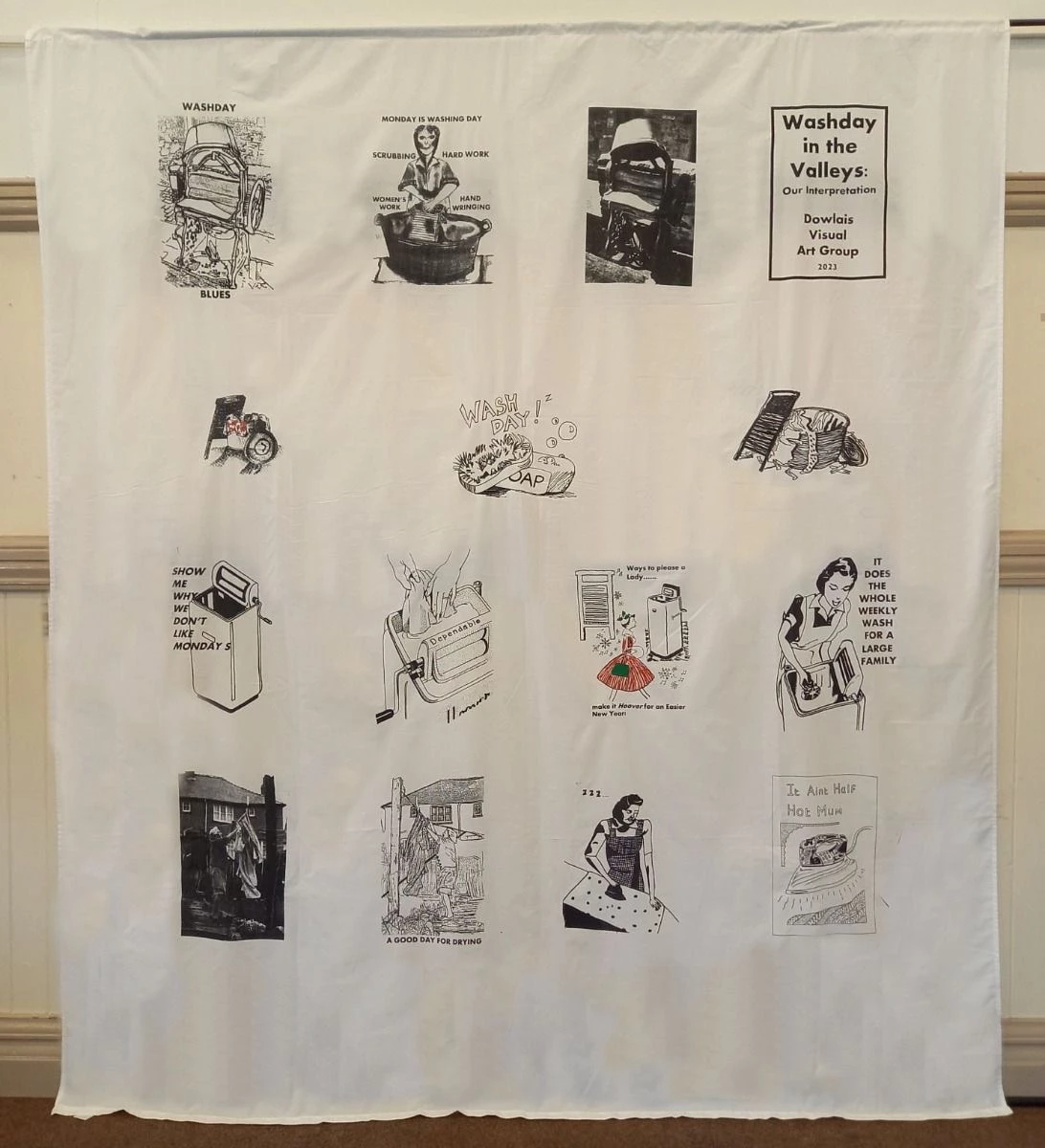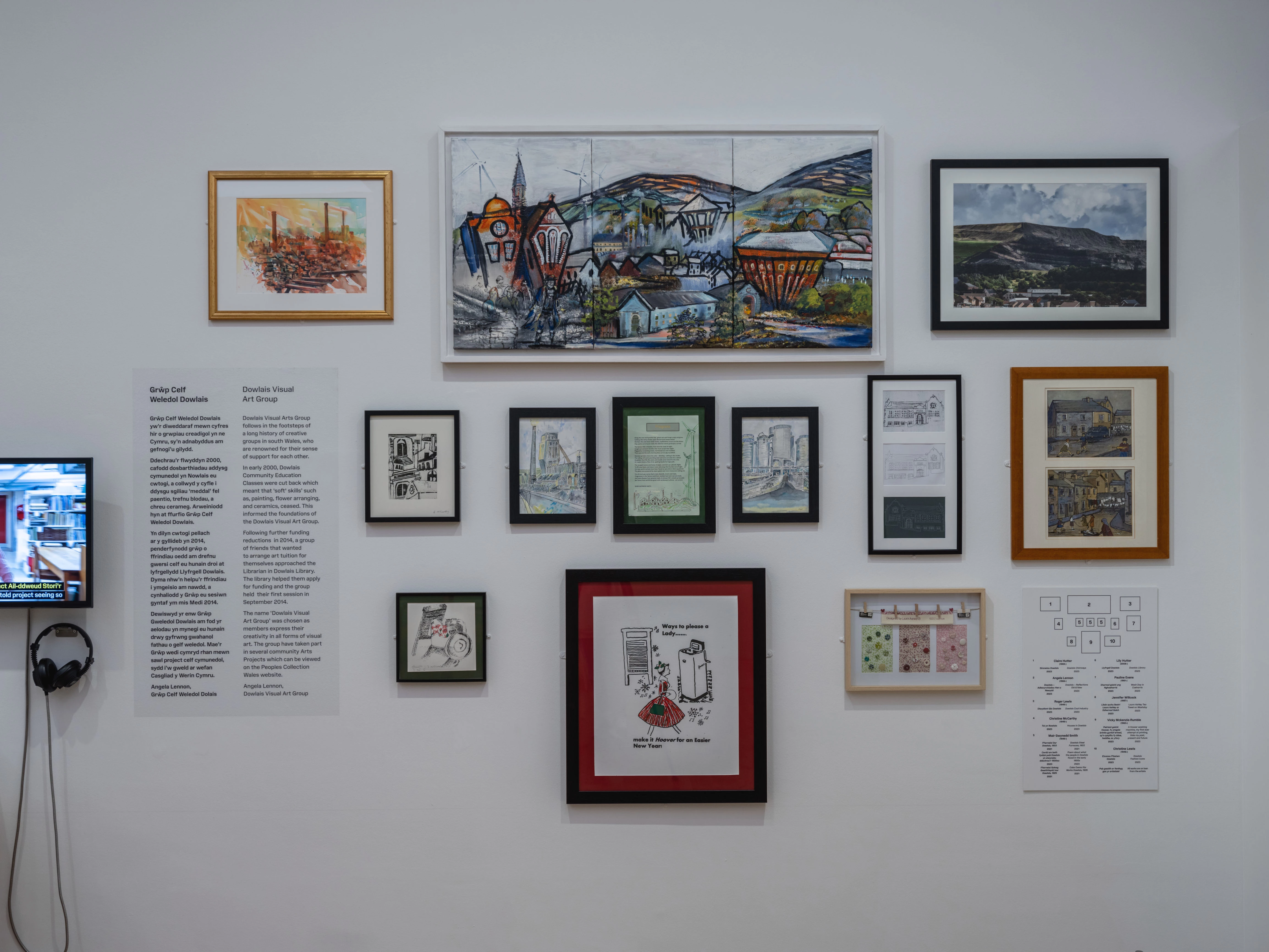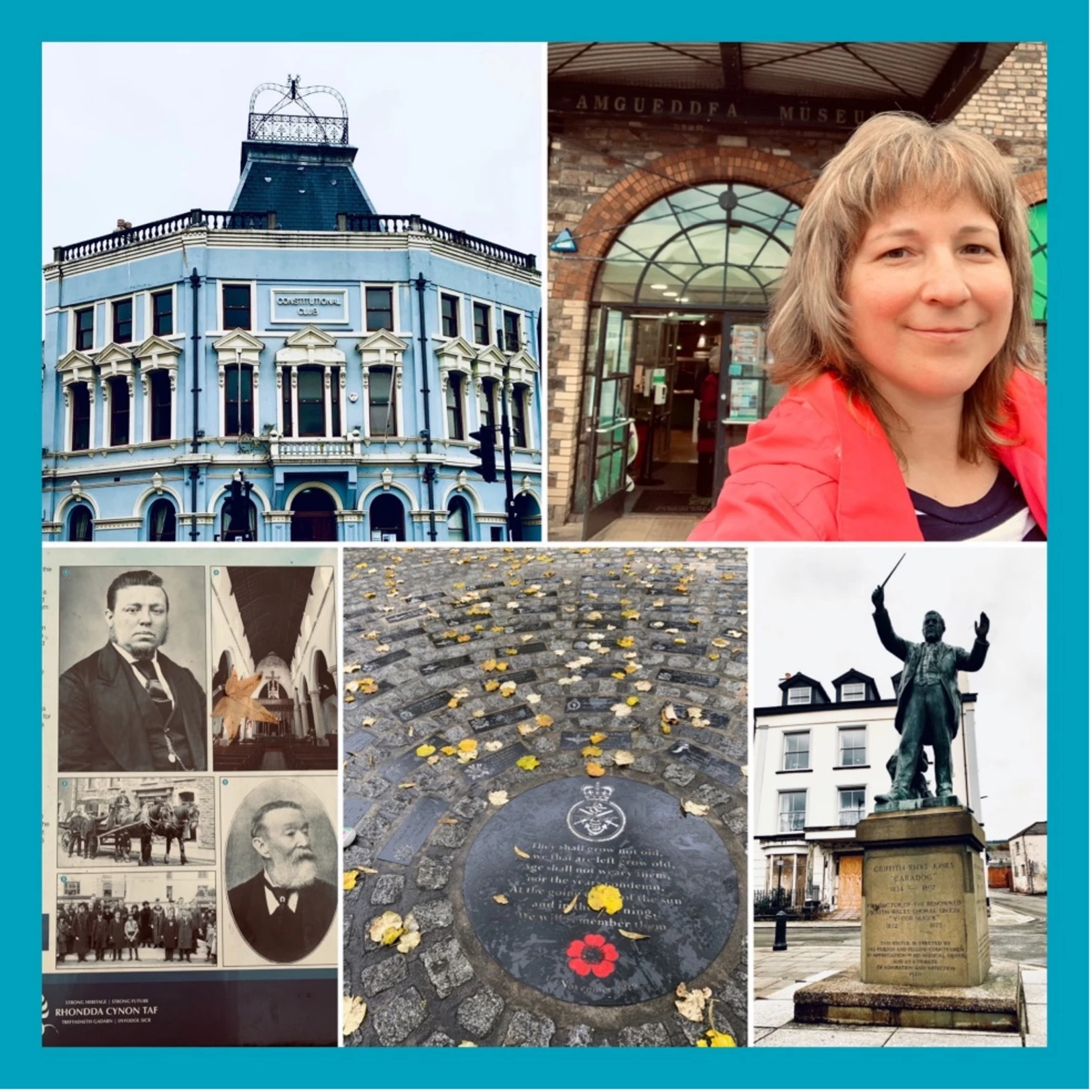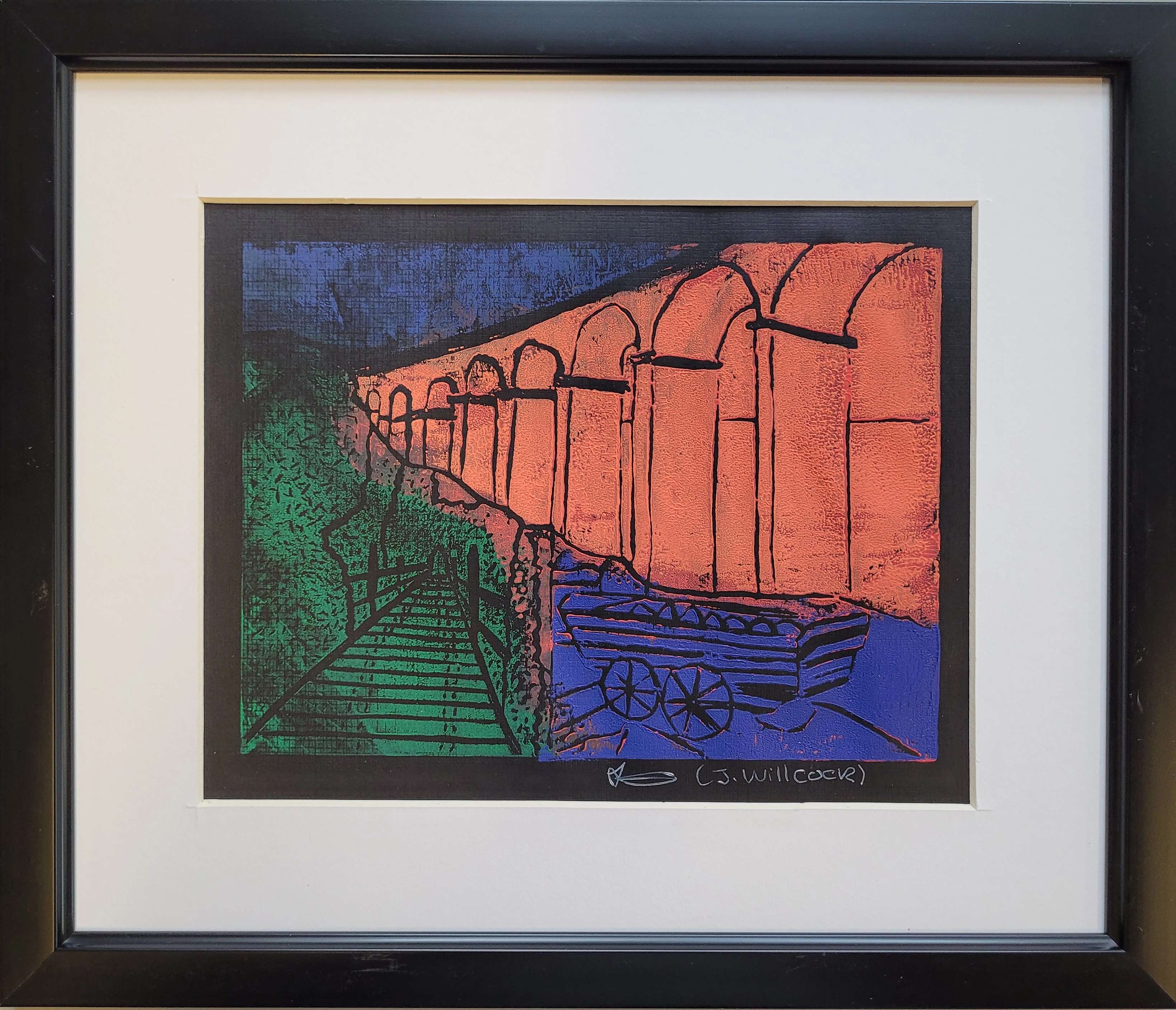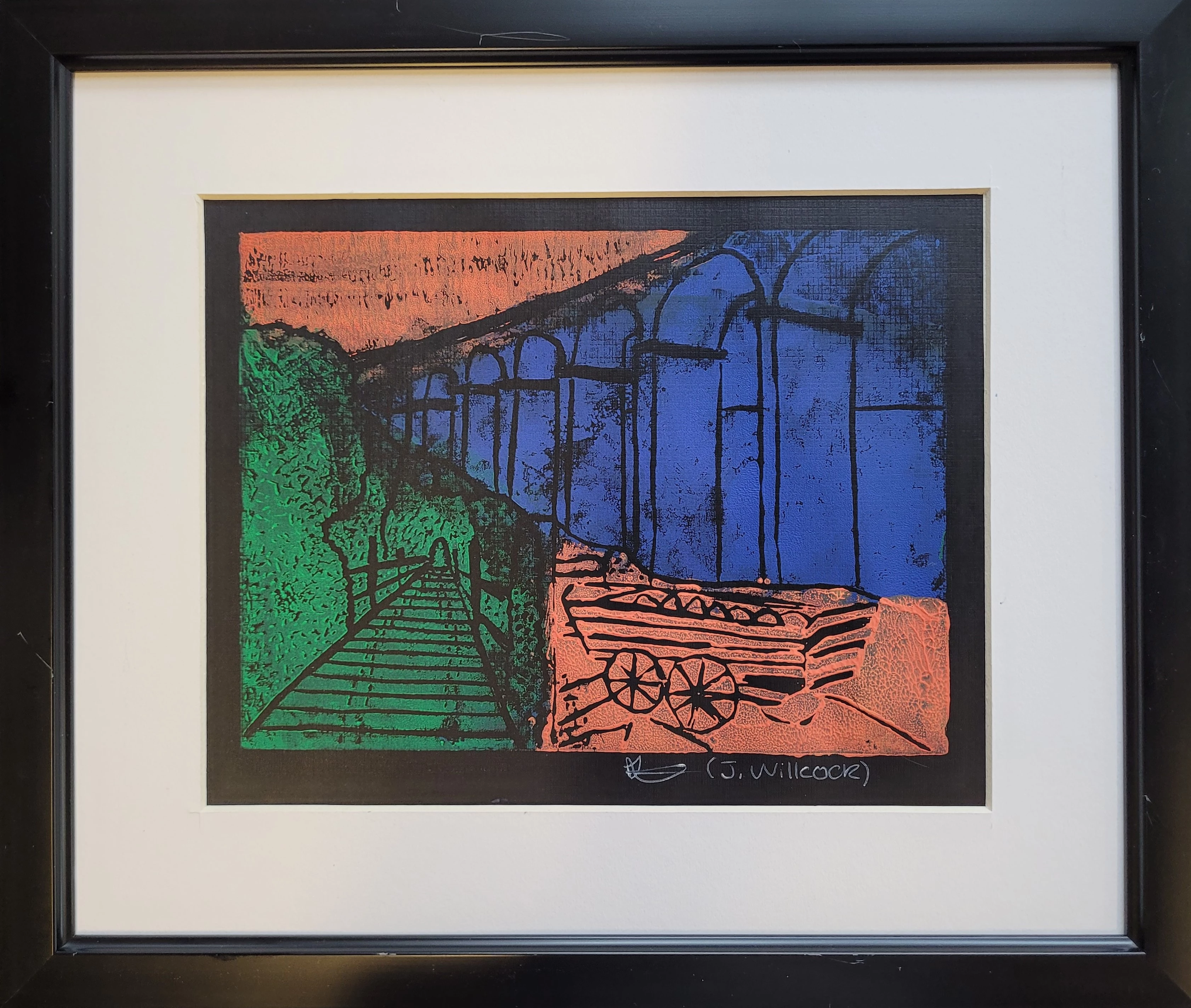MUSPRATT DUNMAN, Helen, Dowlais Steel works being dismantled, 1937 © Amgueddfa Cymru - Museum Wales
Museum Wales Industry Collection
HUTTER, Claire, Dowlais Chimneys © Claire Hutter
A New Era of Light Industry in Dowlais
By Christine Lewis
The economic Depression of the 1930s had a devastating effect on south Wales.
The Government, concerned by the high levels of unemployment, passed the Special Areas Act of 1934, setting up industrial estates like the one at Treforest. They offered incentives to businessmen to occupy these factories and many Jewish émigrés, fleeing Europe from the Nazis, seized this opportunity. One was Joachim Koppel who fled from Czechoslovakia bringing some of his family, including his son Heinz Koppel, some key workers and specialist equipment. He established Aero Zip Fasteners, which was later requisitioned to help the War Effort.
Jewish émigré businessmen were also attracted to Dowlais, setting up two factories on the newly created Goat Mill Road Industrial Estate, formerly the Goat Rolling Mill site of the Dowlais Works.
One factory, OP Chocolates, was opened by Oscar Peschek from Vienna and it produced chocolate confectionery and their speciality, chocolate-covered wafers. This factory is still operational today after seventy-five years and employs around one hundred people.
LEWIS, Christine, Dowlais Fashion Icons © Christine Lewis
Close to OP Chocolates was Welsh Products Ltd., owned by Mr Adler which made buttons and wooden toys. The buttons were primarily made of plastic and were marketed as Glamor Buttons and were extensively used in the fashion trade.
Laura Ashley and Glamor Buttons shared several things in common. Laura Ashley was born in Dowlais in 1925 and Glamor Buttons were manufactured there. Both were icons of the fashion industry, and both employed women outside their factories.
Hutter, Claire, Laura Ashley © Claire Hutter
Glamor employed local women to sew buttons onto cardboard mounts ready for the retail trade, and later Laura Ashley employed women to stitch together garments in their homes near her Carno factory.
This allowed women to earn money without affecting the responsibilities of homes and children and greatly helped the family finances.
Ceramicist Lucie Rie supported herself during the Second World War by making beautifully glazed ceramic buttons, one of the few items not rationed at the time.
Laura Ashley Display, Engine House, Dowlais, 2023
Photograph by Claire Hutter
In this exhibit Laura Ashley vintage material and genuine Glamor Buttons are united with decorative stitches to highlight this connection.
WILLCOCK, Jenny, Merthyr's Industrial Past 1 © Jenny Willcock
WILLCOCK, Jenny, Merthyr's Industrial Past 2 © Jenny Willcock
WILLCOCK, Jenny, Merthyr's Industrial Past 3 © Jenny Willcock
